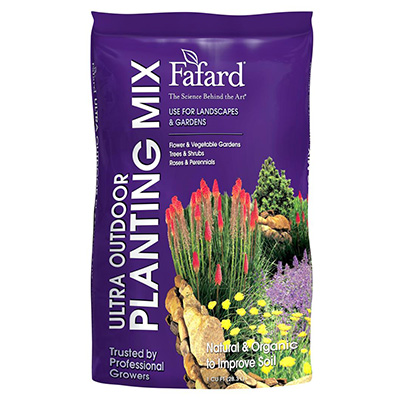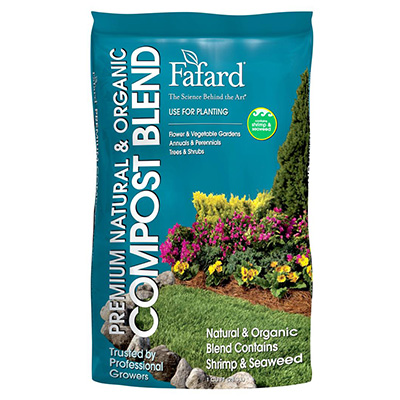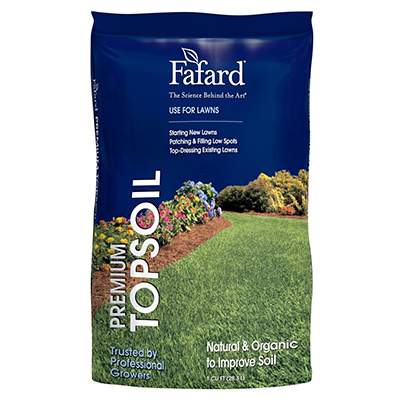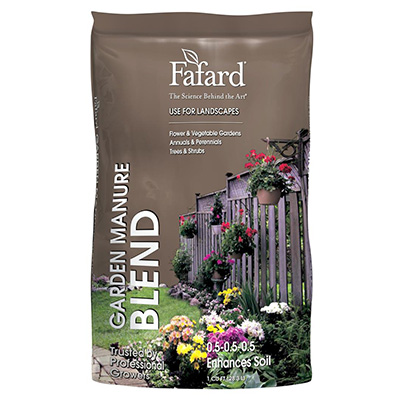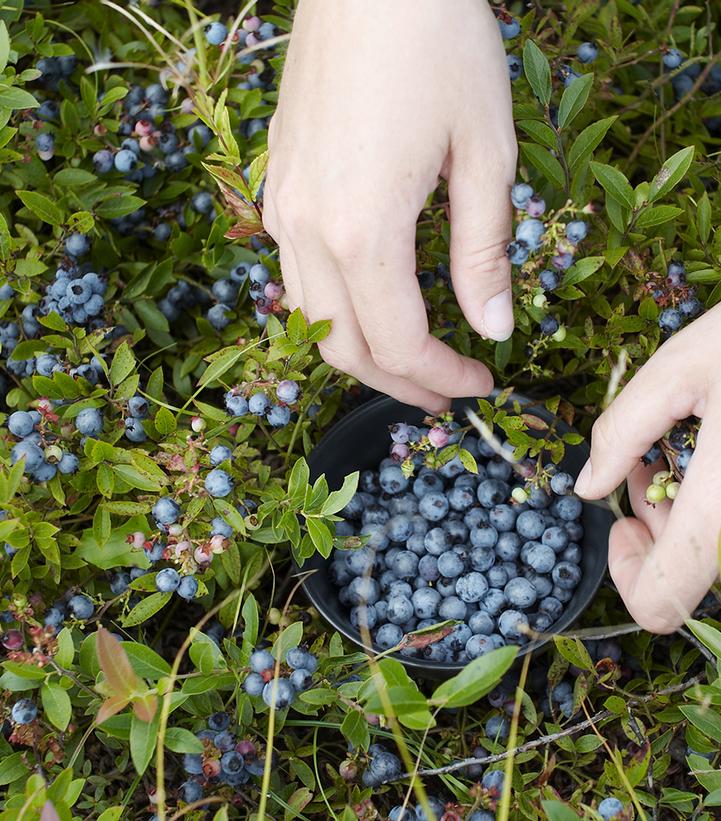
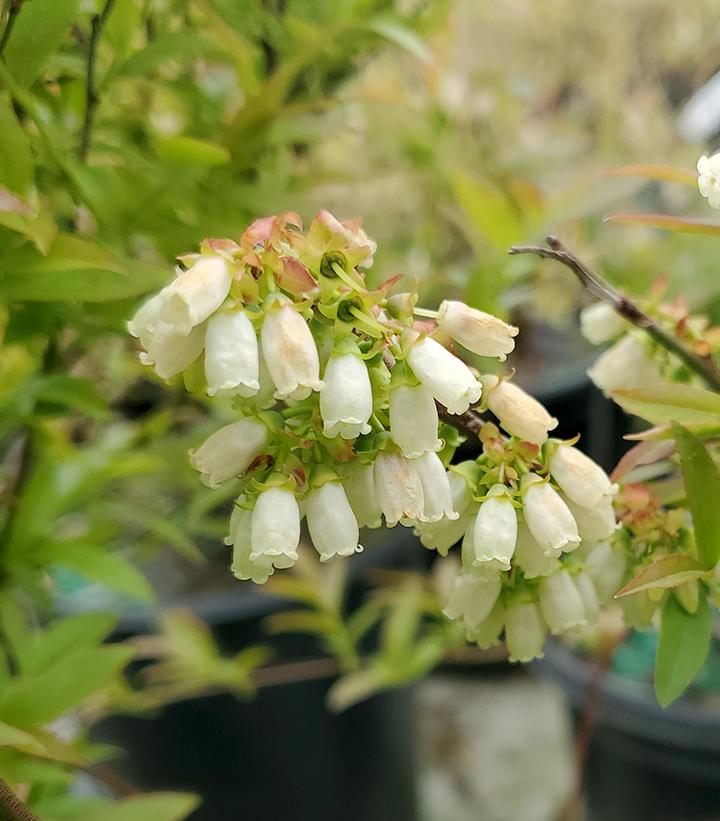


Vaccinium angustifolium
Lowbush Blueberry
- Native
- Sweet, dark blue berries mid to late summer
- Open, airy form
- White flowers in May
- Dark green leaves turn reddish-bronze in the fall
- Category: Fruit, Shrub, Edibles
- Hardiness Zone: 2-8
- Height: 6-24 in
- Spread: 18-24 in
- Bloom Color: Blue Shades, White Shades
Purchase options for Lowbush Blueberry
- Size: 1 Gallon 12-15"
- Status: BeautiFULL
- Availability: Online
$37.00
Success Starts With Soil
Fafard Premium Natural & Organic Compost
Fafard Premium Natural & Organic Compost
$12.99
Add To CartThis native blueberry produces sweet, dark blue berries from mid-to-late summer and has an open, airy form befitting a shrub border or native garden environment. Dainty white flowers cover the bush in May, and its dark green leaves put on a magnificent autumn show as they transform to a reddish-bronze color, making this a great selection for both taste and aesthetic purposes.
Growing Tips for Vaccinium angustifolium
Thrives in full sun. Feed yearly with an organic fertilizer. Prune in late winter to remove old branches and thin to provide rejuvenation and good airflow for fruiting.

